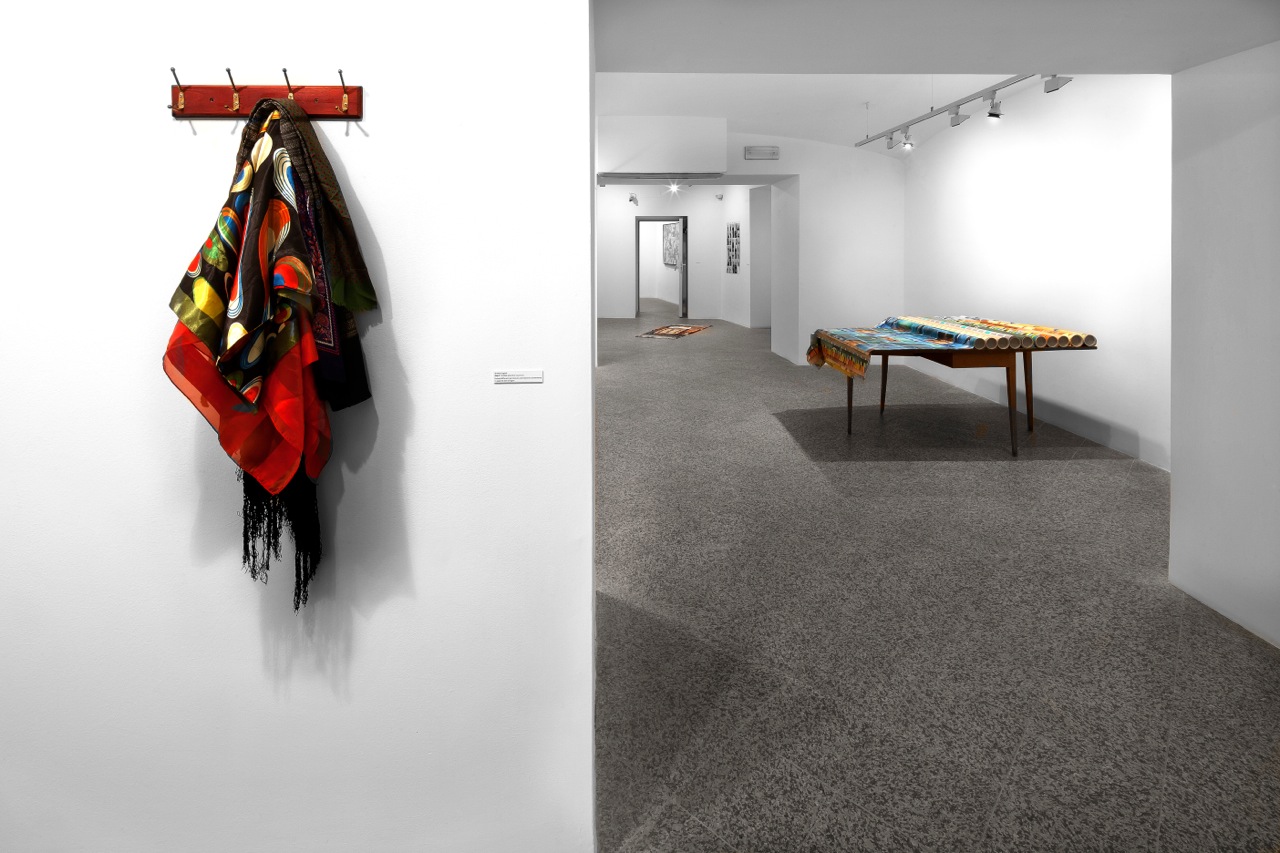“Cristian Chironi. Open” is a project of the MAN Museum of Nuoro in collaboration with the Fondation Le Corbusier of Paris. Focused on the analysis of problems of a communicative and social nature in relation to the contamination of languages, the project involves the creation of an exhibition at the MAN Museum in Nuoro, entitled Broken English, the development of a second exhibition project, My house is a Le Corbusier, to be completed in the autumn of 2014, and the publication of a book, published by NERO, to integrate and document the two different experiences.
OPEN #1: Broken English
“Broken English” is the title of Cristian Chironi’s exhibition at the MAN Museum. The term indicates the uncertain variants of the English language, poorly structured terminologies mostly coined by non-native speakers. Variants which, within the project, from simple elements of language become images, objects, sounds, videos, texts, installations and actions expressed in a multidisciplinary exhibition itinerary that integrates linguistic problems (communication, contamination, dis-identity) with questions of socio-economic character. The project arises from the emergence of some fundamental questions: Is a society that possesses different languages, therefore different forms of expression, more or less strong, more or less rich, than a society that possesses only one? Is it conceivable that there is only one language, one market, one currency in the world?
In addition to the identification of a series of significant linguistic episodes, the exhibition at the Man Museum starts from the reinterpretation of an important figure for 19th century Sardinia: the Welsh engineer Benjamin Piercy, who built the first railway line on the island. He lived for a long time in Sardinia, where he came to own various estates, including Villa Piercy, immersed in a magnificent English park in the center of Sardinia, which he lived in with his family. In the park, together with native species, plants of different origins still live today: Greek fir, Caucasian fir, Spanish fir, Himalayan cedar. In addition to plants, Piercy also imported animals from abroad to improve the local pig, sheep and goat breeds, each time creating new, more resistant and profitable crosses.
OPEN #2: My house is a Le Corbusier
“My house is a Le Corbusier” is the title of Cristian Chironi’s second exhibition within the “Open” programme. The project, to be carried out in the autumn of 2014, is inspired by an event that actually happened in Orani (NU), Chironi’s town of origin. In the early seventies the artist Costantino Nivola, a friend of Le Corbusier and his collaborator, arrived in Orani with in his hand the project of a house created by the great architect for Costantino’s nephew, Daniele Nivola (a bricklayer by profession), as a gift from wedding. The story of Daniele’s modification of the project – unaware of the architect’s fame and insensitive to his artist uncle’s recommendations regarding the need to slavishly execute the project’s indications – is a singular example of contamination, of a mixture of popular, spontaneous architectural languages , and cultured languages.
In fact, Daniele did not respect Nivola’s wishes, bending Le Corbusier’s project to his own needs. “And from the grapes I glimpsed those who did not juchiat neither jannas nor portellos” (but where did I enter from that had neither doors nor windows?)”. This seems to have been the response to Constantine’s protests. Starting from the analysis of the relational dynamics that determined the episode and from the study of the architectural results of Orani’s house, developed by applying critical thinking functional to the modernist principles of Le Corbusier, Chironi’s project once again interweaves reflections on foundational linguistic aspects and on consequent socio-economic implications.

